Extinctions are nothing new. They have been happening since life appeared on Earth. Some animals cannot survive changing conditions on Earth and die out. Unfortunately, since humans have been around they have been helping to speed up this process. Even over 12,000 years ago human hunting helped the extinction of many massive vertebrate species (megafauna) though natural climate changes may have also played a role. Among these megafauna were a two-ton wombat, a 2-meter (6.6 feet) flightless bird, mammoths and a wide slew of other megafauna.
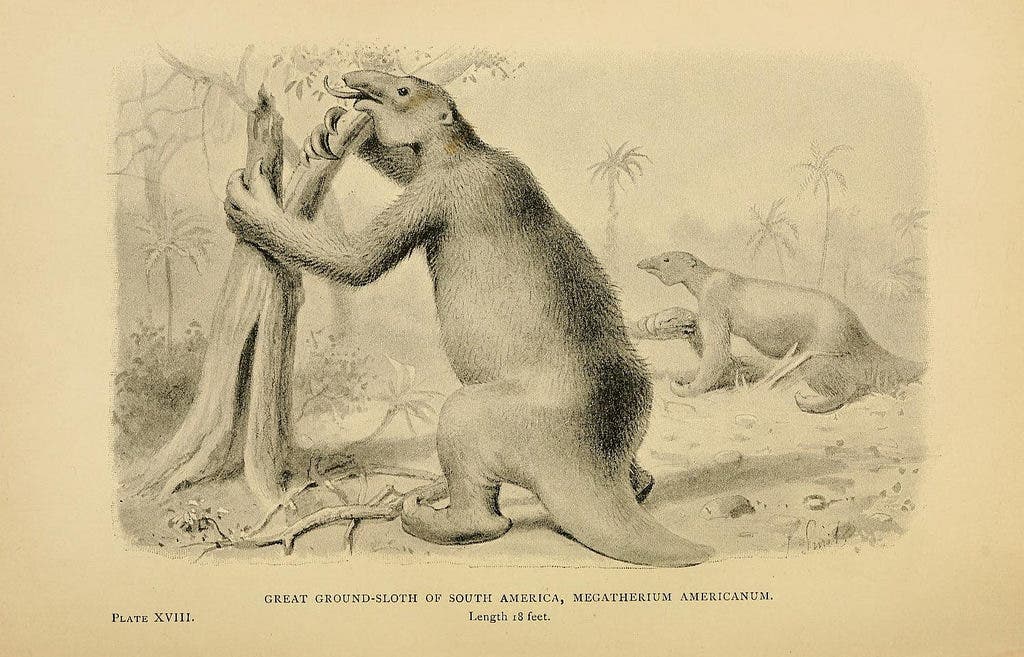
Now the animals currently on earth are in grave danger. We are entering an era where the number of extinctions is increasing rapidly. Species extinctions have several causes. Understanding these causes is a way to help prevent extinctions in the future. Here, we’ll look at some causes of extinctions and animals that have recently gone the way of the dodo.
Climate change
Whether we like it or not, the global temperatures are warming because of greenhouse gases that humans are pumping into the atmosphere. One major consequence of this fact is that melting glaciers are raising the sea level. This not only affects humans, but also animals. A small rodent was the first known species to go extinct from human caused climate change. Named the Bramble Cay melomys (Melomys rubicola), it lived only on a very small island (less than 1 km2) off the north coast of Queensland, Australia in the Great Barrier Reef. It’s a coral cay that at its highest, lies 3m above sea level. Because the cay is so low, the rising water made the island a lot smaller and vegetation was lost, restricting these poor rodents to only 3% of their original habitat in 10 years. They were seen for the last time in 2009 and scientists recommended that the species by listed as extinct in 2014.
Islands are some of the most at-risk areas to climate-change-induced flooding. Unfortunately this little rodent is not alone, according to one study in 2015, one sixth of all species face extinction due to climate change if world leaders don’t take action. Flooding, increasing temperature and other climate-related consequences make species unable to exist in their original homes. If the species are mobile, they move to more suitable areas, but if there are not able to they may perish like this rodent. Island fauna, invertebrates, and animals in isolated habitats are most as risk.

Hunting
Hunting is a way for humans to systematically wipe out a species very quickly. There are many disturbing historical examples where species of animals were hunted completely to extinction. The birds called the great auks (Pinguinus impennis) used to number in the millions. There were hunted down for their meat, eggs, and down feathers. Even though there was official legislation introduced that forbad the killing of these birds in Great Britain and Canada, hunters paid no heed and killed them in cruel ways. The great auks were partially plucked alive and then left to die. The hunters also used the birds (alive) to start fires because their oily bodies set fire easily. Because of their increasing rarity, more museums and collectors wanted their pelts and eggs to preserve. The last pair was actually known to be the last in existence, but some hunters strangled them and smashed their eggs nonetheless, rendering them extinct in 1844.

Stellar’s sea cow (Hydrodamalis gigas) is another example, it was related to the manatee but grew up to 10 metres long and had lots of fat. Explorers in the Arctic ate them because they provided a lot of food, according to one report, enough to feed 33 men for one month. Stellar’s sea cows went extinct only 27 years after they were discovered, in 1768.
Although these accounts might make us think that we known better now, animals are still being hunted past reasonable limits. Now, it’s happening on a larger scale. There’s a fear that rain forests will soon be empty because large mammals are being unsustainably hunted for food. The oceans are also being over harvested. Another single animal that is extremely endangered due to targeted hunting is the pangolin. They are the most illegally trafficked animal in the world; over 100,000 are killed and traded every year. They are desired for their meat and as a source of traditional medicine; some people believe that their scales can cure everything from acne to cancer.
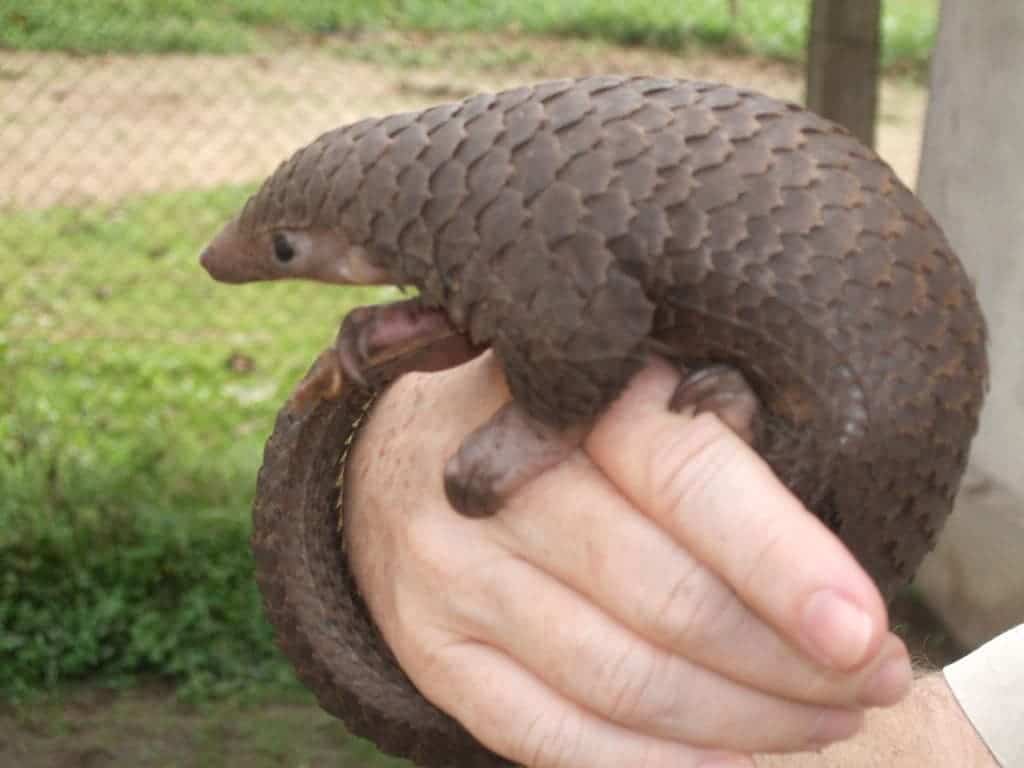
Habitat degradation
As humans convert more and more land to their own purposes, such as industry, housing, farms, there is less and less of unaltered habitat left for animals. Habitat degradation is one of the greatest threats to biodiversity today. The Xerces blue butterfly (Glaucopsyche xerces) was the first American butterfly to go extinct because of urban development taking over its habitat. The Xerces blue was only found in the San Francisco Peninsula and lived around coastal sand dunes. Its habitat disappeared because of urban development. A particular species of Lotus (Hosackia) used to grew low and matted in San Franciscan sand dunes and was the food for Xerces blue larvae. With its habitat disappearing, the plant couldn’t tolerate the disturbance of the soil and became less common. Without their feeding plants, the butterflies soon dwindled. The last butterfly was last seen in 1941.

Habitat loss is a main threat for 85% of all species that are listed as “threatened” or “endangered”. Natural habitats are being converted for human use at an alarming rate. About half of the earth’s original forests are gone, and they are still being removed much faster than they can regrow. Especially in tropical forests, many animals are without a home after their habitat is removed and they perish. Many other important habitats, such as bogs and meadows, are also being converted for agriculture or housing.
Disease
Another major cause of species extinction is through diseases. They can kill out susceptible animal species very quickly. The chytrid fungus is particular notorious for amphibians. In Australia and Central America, large-scale frog deaths were found to be due to a pathogenic fungus, Batrachochytrium dendrobatidis. This fungus is spreading like wildfire into South America, because its spores are carried by water. One-third of world-wide amphibians are affected by this disease. The skin of infected amphibians becomes very thick and cannot absorb water and electrolytes though the skin anymore. Amphibians drink and breath with their skin so this is a huge problem! Because of low electrolyte levels, the amphibians’ heart can stop beating and cause its death. Many frog species are thought to have become extinct because of this fungus. It is the cause of extinction of almost two-thirds of the 110 Harlequin frog species that are known. Panamanian golden frogs (Atelopus zeteki) are extinct in the wild (last seen in 2009) but conservationists took some and are raising them in captivity with the hope of eventual release. There are many more amphibians species that are extinct or in danger of extinction because of chytrid.
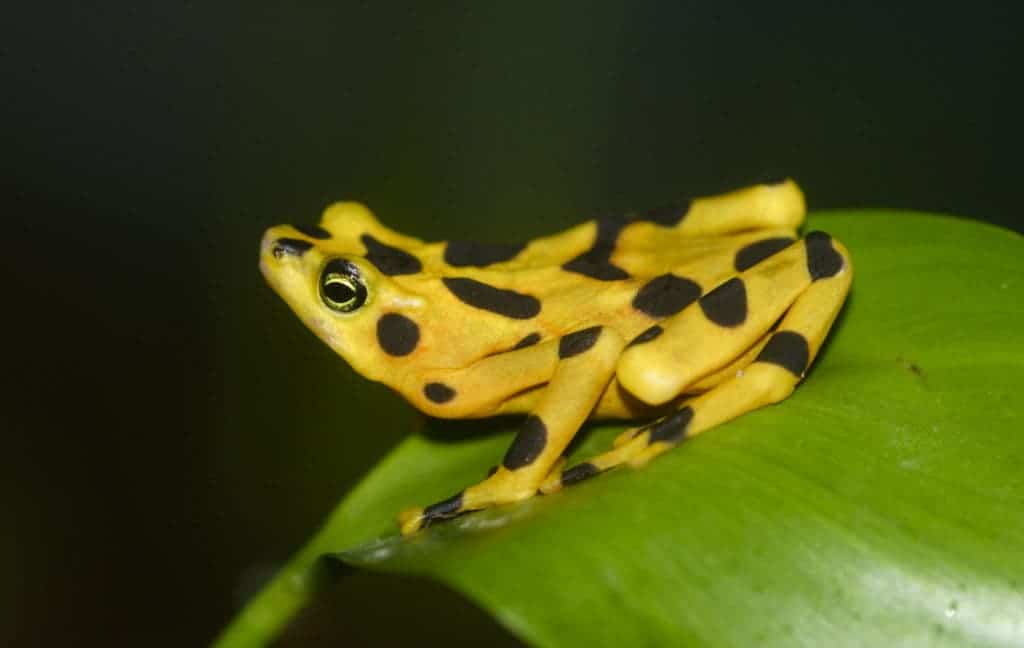
Another disease that is threatening a massive extent of animal loss is white nose syndrome, caused by Pseudogymnoascus destructans, in bats. It caused 6 million bat deaths by 2012 in North America. It hasn’t caused any extinctions yet, but if infection continues at its current rate, it could. It disrupts the hibernation of bats and uses up their energy prematurely so that they can’t survive the winter.
Humans facilitate the spread of diseases. For example, having chytrid on your shoes can spread it between sites. The pet and food trade of amphibians spreads them worldwide and can help spread the disease. Chytrid spread from Africa, where local frogs are resistant and white nose from Europe or Asia where bats are resistant. It is very probable that humans played some role in this spread.
Interbreeding
One cause of species extinction that may not seem obvious at first is hybridization or interbreeding. Hybridization is when two different species mate and produce offspring. Now species that were geographically isolated are brought into contact more. The fertile hybrids might replace one of both of its parental species by creating hybrid swarms, which is a population composed solely of hybrids. This hybridization is a problem because you lose the unique genetic and ecological differences in a species and homogenize populations.
Hybrids are actually very common. For example, spotted owls and sparred owls mate to produce barred owls. In the past 50 years red wolves (Canis rufus) in the USA declined to less than 100 individuals. These were all captured for a captive breeding program to try to save the species. Most of these “red wolves” were found to be coyote-wolf hybrids, only 14 were true red wolves. They were reintroduced into North Carolina and managers have to keep coyotes away to stop them from hybridizing. Wildcats (Felis silvestris silvestris) are endangered in some regions because they breed with house cats.
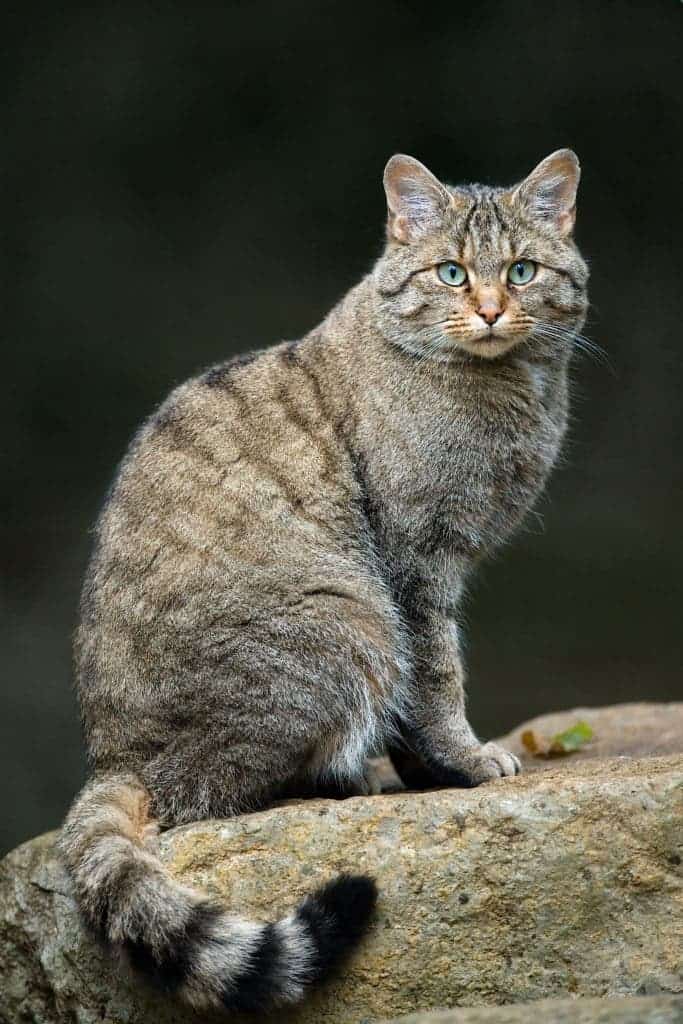
You might think that this sounds fine in theory, but in practice may wonder if hybridization in nature really cause extinctions. Well it’s happening now. In Swiss lakes there are usually two types of whitefish: large ones that eat invertebrates from the bottom of the lake and spawn in the winter in shallow water, and small ones that eat zooplankton and spawn in deep water. However, the increased input of nutrients in the water from agriculture and urbanization increases the amount of phytoplankton and causes eutrophication. In many cases you can this by just looking at a lake; it appears green. This has changed the variety of food found in lakes, with invertebrates at the bottom of the lake being lost due to a lack of oxygen and more zooplankton, but with less diversity. Because all the fish in the lake need to eat the same food now, the differences between them are becoming non-existent. Instead of two unique species in a lake, you get one hybrid, losing diversity. At least eight unique whitefish species from Swiss lakes have become extinct.
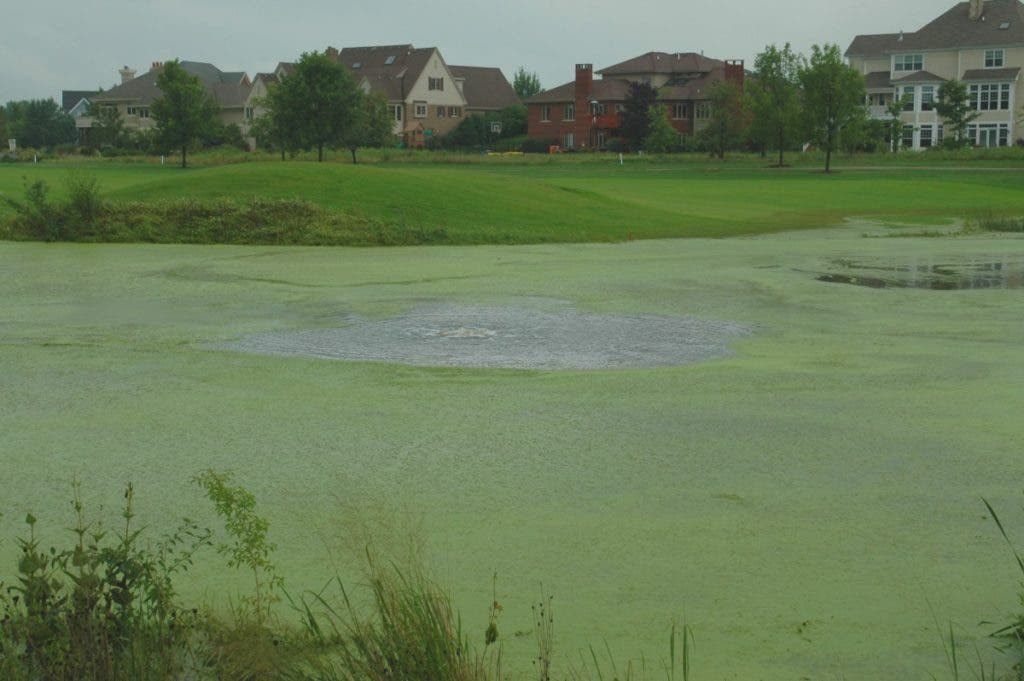
As you can tell, extinctions are becoming more common, mostly due to human actions on the planet. It’s up to us to make sure that don’t lose any more of the awesome and unique animals in the world!


